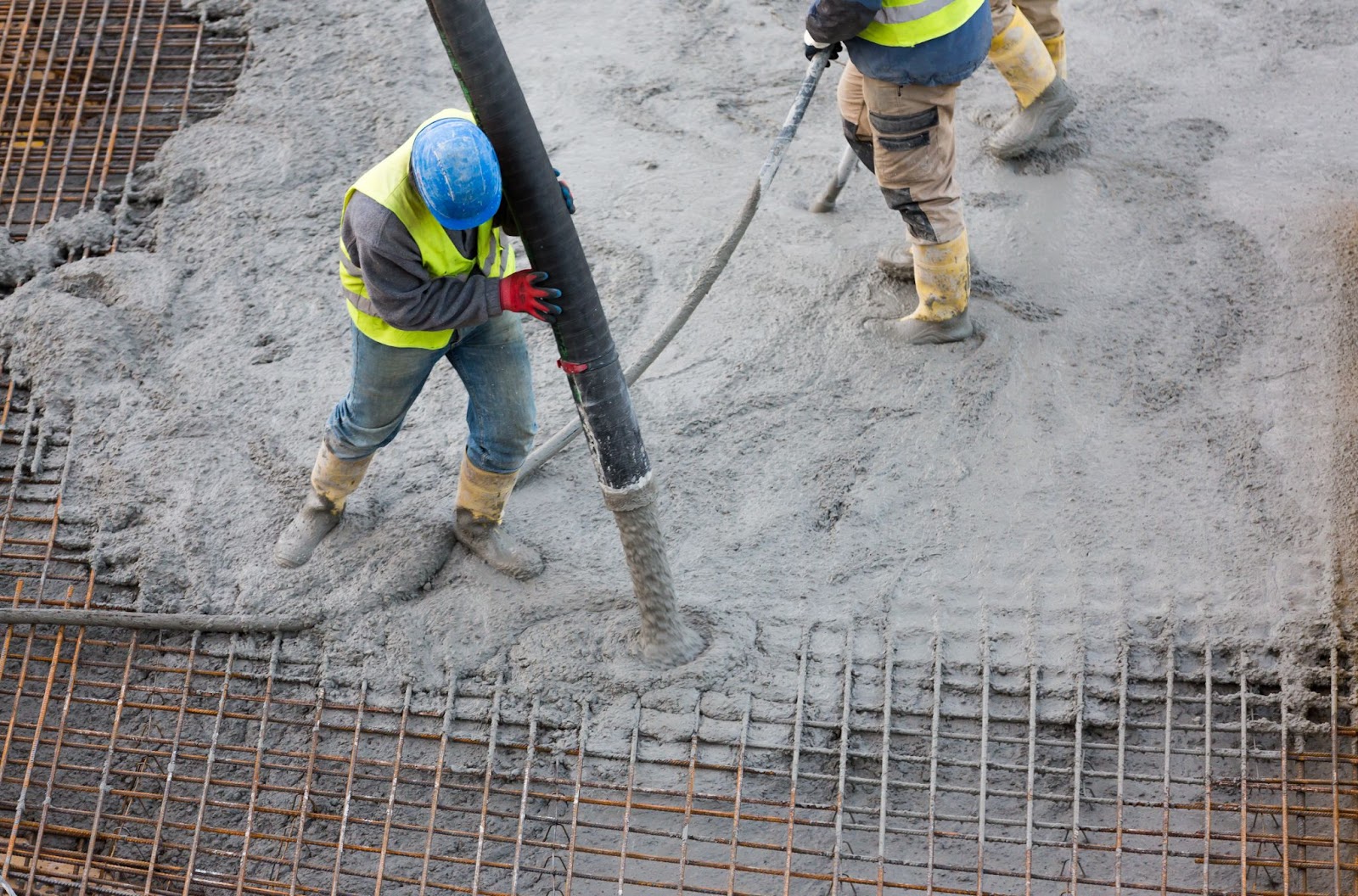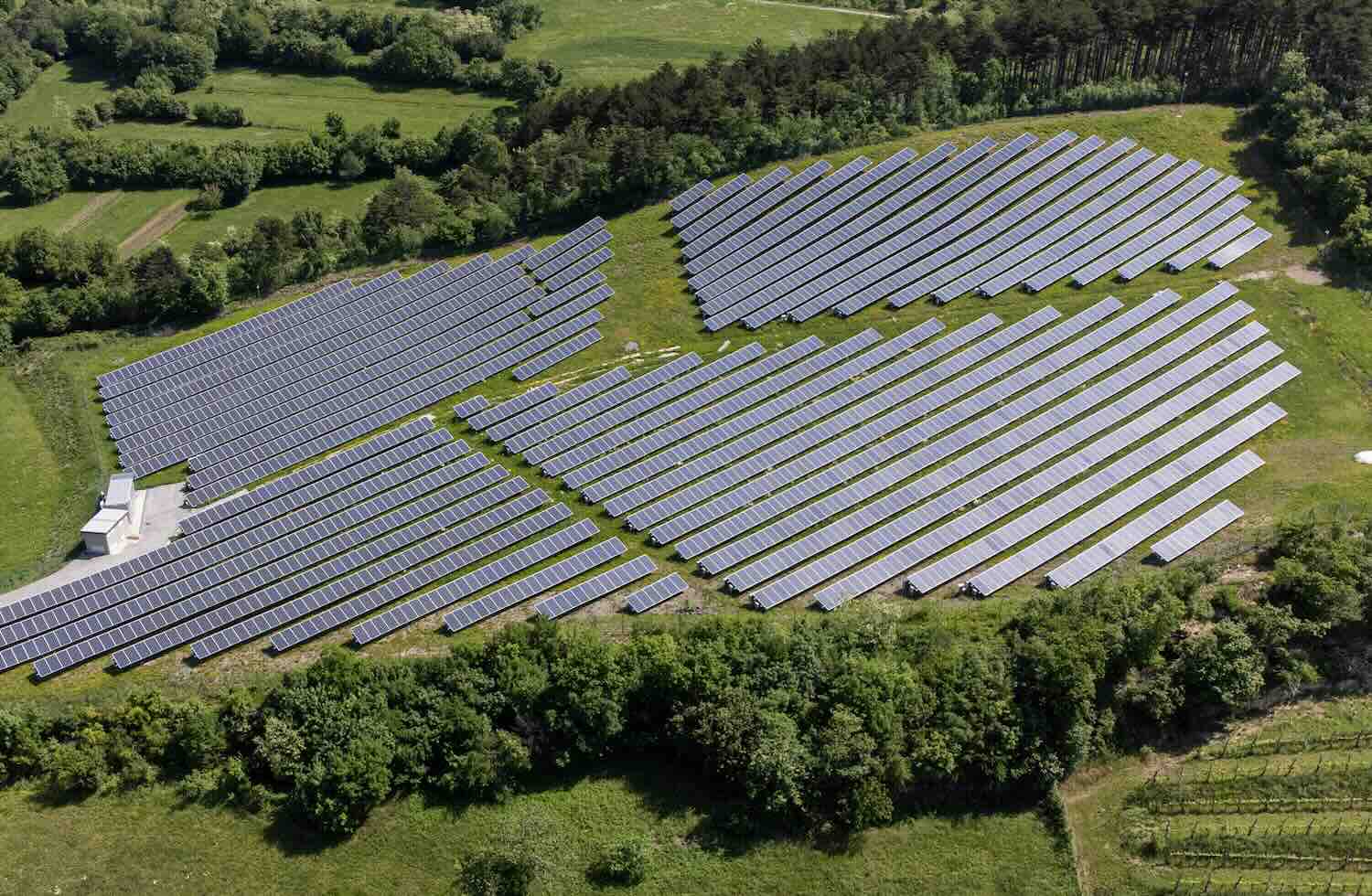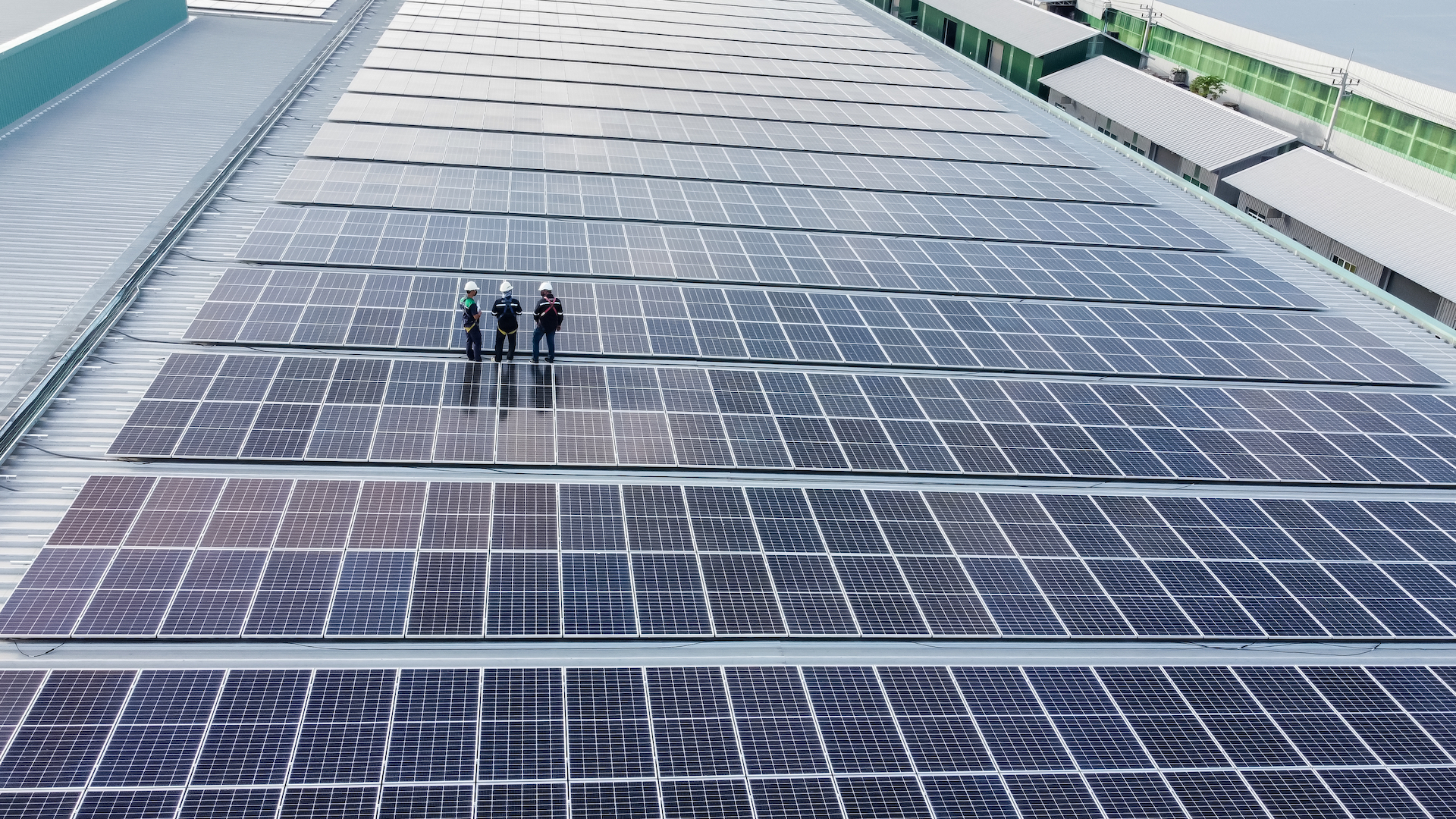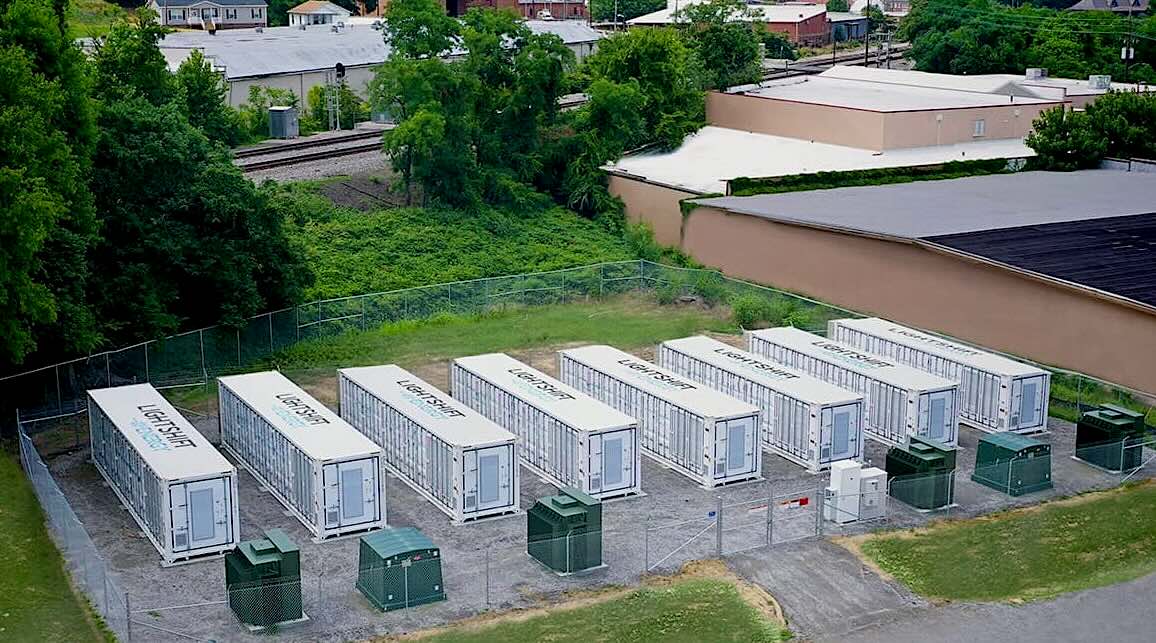ImpactAlpha, August 29 — Discussions of “deep decarbonization” often turn to global production of concrete and cement, the ubiquitous building material that is responsible for up to one-tenth of all greenhouse gas emissions.
Incentives to decarbonize buildings are sprinkled throughout the sprawling $369 billion federal climate-change bill U.S. President Joe Biden signed earlier this month. But real change in the production and use of concrete is going to come at the local level.
“There’s such a variation of materials that go into concrete based on climate conditions and local resource access that it’s just inherently local,” said Chris Neidl of Open Air Collective, a volunteer collective for research and development of carbon-removal technologies. “Local and state governments are starting to understand the urgency for low-carbon concrete and cement.”
Neidl is overseeing an initiative backed by local governments to provide catalytic grants to projects that link carbon dioxide removal to concrete use in the U.S. Southwest.
The coalition, led by Colorado’s Boulder County and the city of Flagstaff in Arizona, is looking for carbon removal solutions that store the captured CO2 in local concrete production. The Four Corners Carbon Coalition, backed by a $300,000 fund, also includes local governments in New Mexico and Utah.
The coalition’s first target is concrete. The partners in June put out a request for proposals hoping that the vetted solutions will attract other projects and private funders.
Incentives in the new Inflation Reduction Act include:
- More than $5 billion to spur the use of low-carbon materials in public infrastructure and government buildings;
- $4 billion to spur resiliency in affordable housing;
- Support from the Federal Emergency Management Agency’s building materials program for low-carbon construction techniques; and
- A 30% tax credit for retrofitting manufacturing facilities to emit at least 20% less carbon.
States like New York and New Jersey also are using their procurement power to promote the use of low-carbon concrete for public projects. About 40% of all concrete is purchased by the public sector.
“In most markets, the single largest buyer is going to be the city or the state or some combination,” Eric Dunford of carbon removal company CarbonCure Technologies told ImpactAlpha.
Low-carbon tech
Concrete, made from a mixture of cement, sand, gravel and water, is the second-most used material on Earth (after water). It shapes our built environment, from houses and roads to dams and bridges. More than 4 billion tons of cement is produced each year. By 2050, over five billion tons will be needed to keep up with rising global population, urbanization patterns and infrastructure development needs.
The big issue: Cement, concrete’s main binding agent, has an enormous carbon footprint. Limestone is mined, ground and heated to very high temperatures in a kiln, where it releases carbon dioxide.
The flood of federal dollars has set off a rush to develop low- or no-carbon cement. CarbonCure has developed technology that injects captured carbon into wet cement, strengthening the material and locking away CO2 emissions. CarbonCure says its technology has helped reduce more than 200,000 tons of CO2 emissions.
Amazon is using CarbonCure’s technology in many of its buildings, including the second headquarters it is constructing in Virginia. Amazon’s Climate Pledge Fund and Breakthrough Energy Ventures have invested in Halifax-based CarbonCure.
Other startups are looking to replace or reduce limestone, the main culprit in cement’s carbon footprint. Brimstone Energy, an Oakland-based company, claims it can make zero-carbon cement without changing the final product or price. Brimstone uses calcium silicate instead of limestone to make its cement. A byproduct of the process, magnesium, absorbs the carbon from the air, which Brimstone says makes it cement carbon negative.
Brimstone in April snagged $55 million, also from Breakthrough and Amazon, as well as Fifth Wall’s climate tech fund.
In July, Terra CO2 raised $46 million to support its technology that uses readily available silicate rocks to partially replace limestone in the cement-making process. The investment was led by LENX, the investment arm of construction company Lennar, and – again – Breakthrough Energy Ventures.
Vancouver-based Terra CO2 says it reduces emissions by 70% with each ton of Portland cement it replies. The company plans to build its first commercial plant in Denver next year.
Biomason, a startup in Triangle Park, N.C., uses microbes to “grow” its cement substitute.
“We need to recognize that cement is a massive problem for climate and that nobody has figured out how to address it at scale without dramatically increasing costs or moving away from the regulated materials that the construction industry knows and loves,” BEV’s Carmichael Roberts told CNBC earlier this year.
Industry collaboration
The Global Cement and Concrete Association, which includes producers of about 30% of the world’s cement, introduced industry sustainability guidelines in 2018. The London-based association is aiming to make the cement industry carbon-neutral by 2050. More than three dozen companies, accounting for 80% of the global cement industry volume outside China, have committed to the roadmap.
Among the key points: establish a policy framework to achieve net-zero concrete. With industry leaders, policymakers and governments, GCCA aims to stimulate demand for low-carbon concrete products and create the infrastructure needed for a circular and net-zero manufacturing environment.
ConcreteZero, made up of a growing coalition of 17 global businesses in the built environment sector, is looking to accelerate the adoption of low-carbon concrete among concrete users.
“We’re bringing together the first international collaboration from a demand-side perspective to send a strong message to the market on what’s expected in the near term and long term,” says Jen Carson of Climate Group, a London-based environmental services firm that works with businesses and governments to advance the low-carbon transition.
“It’s time for concrete targets to reduce carbon emissions in years, not decades,” Carson told ImpactAlpha. ConcreteZero is signaling that the biggest buyers want the industry to innovate and act now.”
Businesses in the ConcreteZero initiative, such as The Carey Group, Multiplex and Clancy Group, have committed to using only low-carbon concrete by 2050. ConcreteZero hopes to reach 30% reduction by 2025 and 50% by 2030.
The strategy borrows a page from the playbook of low-carbon transport. By mobilizing the demand-side consumers, ConcreteZero is aiming to drive “effective, progressive and immediate policy change at the sub-national, national and international level,” Carson told ImpactAlpha.
Also needed, she says: “An independent global certification and verification that actually talks to that transparency and data.”











